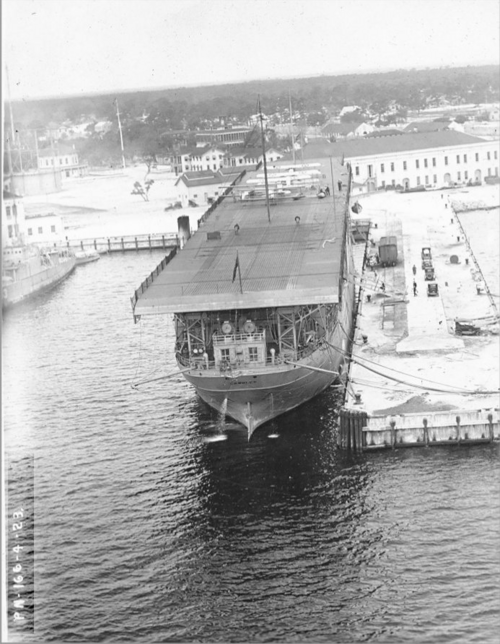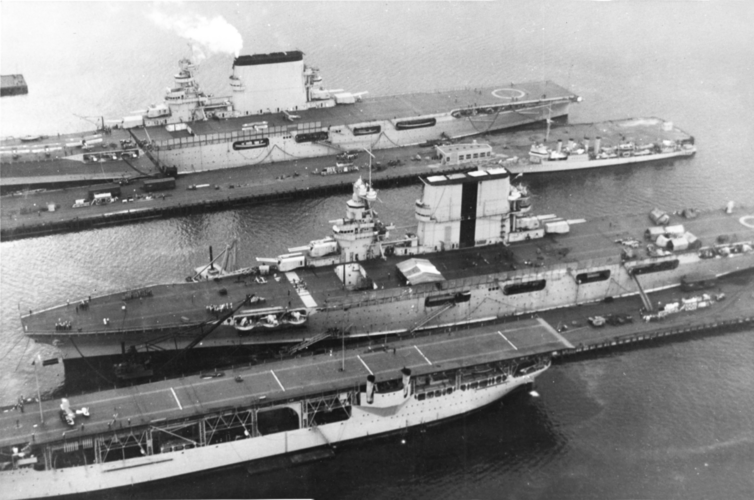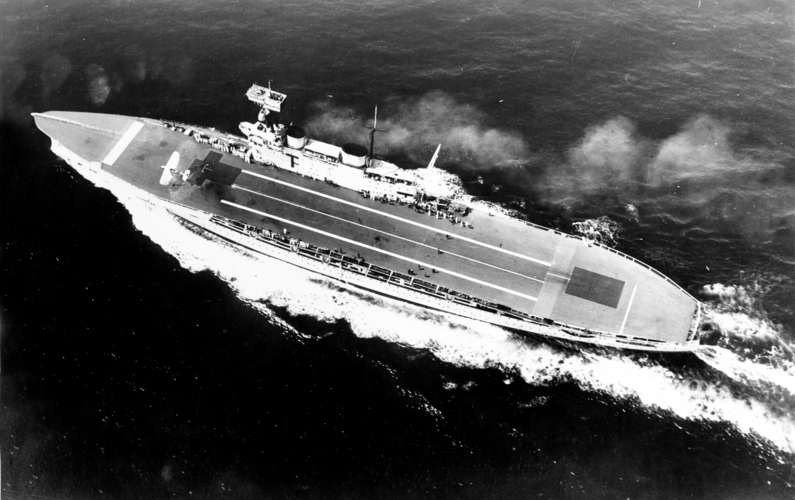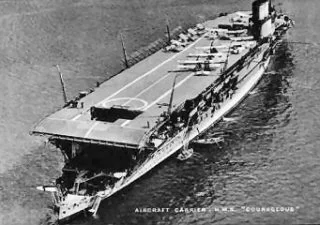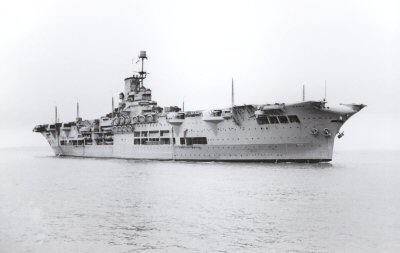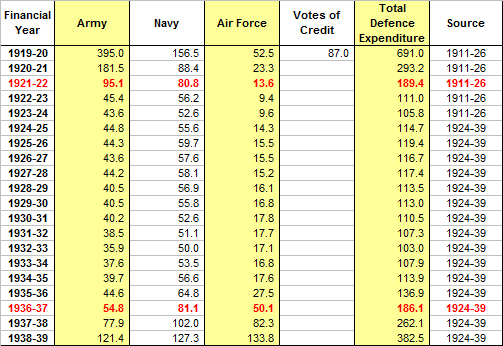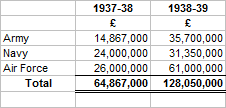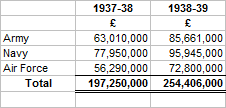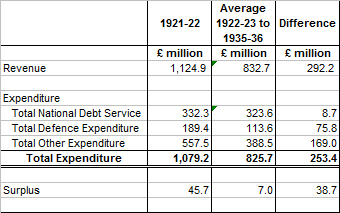NOMISYRRUC
ACCESS: Top Secret
- Joined
- 28 September 2008
- Messages
- 2,366
- Reaction score
- 3,827
This is a revised version of Post 141 in the thread "A single seat fighter for the Fleet Air Arm?" on alternatehistory.com.
Alternative Blackburn Skua.
Alternative Blackburn Skua.
- In common with the Real-Skua the first of two prototypes made its first flight on 09.02.37. Although I want both to be powered by Bristol Hercules engines that may not be possible and therefore would still have been powered by Bristol Mercury engines. They were designated the Skua Mk I.
- However, the first production aircraft, which made its first flight on 28.08.38, was powered by a Bristol Hercules engine producing 1,290hp instead of a Bristol Perseus engine producing 890hp. As it was intended to be a dive-bomber first and a fighter second, the fixed armament was still four 0.303in machine guns, but the extra 400hp may have allowed it to carry more than 500lb of bombs. This aircraft was designated the Skua Mk II.
- In common with the Real-Skua Mk II, production of the ALT-Skua Mk II ceased in March 1940. However, production of the ALT-Skua did not come to an end because the Mk II was replaced on the production lines by the Mk III powered by a Hercules engine rated at 1,500hp.
- There was no prototype as such and all of the 136 Real-Rocs were built by Boulton Paul.
- The first aircraft flew on 23.12.38 and production ended in August 1940.
- All other things being equal the ALT-Roc would have a Bristol Hercules producing 1,290hp instead of a Bristol Perseus engine producing 890hp. If production of the ALT-Roc had continued beyond that date in this "version of history" the aircraft delivered from August 1940 onwards would have been fitted with Hercules engines rated at 1,500hp.
- I have often thought that a Roc with a more powerful engine might make a half-decent torpedo-bomber. However, it duplicates the ALT-Albacore and I'd prefer to have more ALT-Skuas built by Boulton Paul instead of the ALT-Roc.
- In common with the Real-Albacore this aircraft entered service with the FAA in March 1940.
- The difference was that it is a monoplane powered by a Bristol Hercules engine.
- Think of it as a Hercules powered Barracuda.
- The version in service in 1940 had a Hercules engine rated at 1,500hp and in common wit the Super Roc & Skua later marks had more powerful Hercules engines.
- In common with the Real-Fulmar this aircraft entered service with the FAA in June 1940.
- The Real-Fulmar was built to a specification issued in 1938 and was a modification of the Fairey P.4/34 which in turn was built to a specification issued in 1934.
- However, the ALT-Fulmar was a new aircraft built to a specification issued in 1935 or 1936.
- It was still a two-seat fighter, but it was powered by a Bristol Hercules engine, think of it as a Hercules powered Fairey Firefly.
- The version in service in 1940 has a Hercules engine rated at 1,500hp and in common wit the ALT-Albacore, Super Roc & Skua later marks had more powerful Hercules engines.
- I want all marks of the ALT-Fulmar to be armed with four 20mm cannon. However, the version in service from mid-1940 to mid-1941 may be armed with twelve 0.303in machine guns instead.

